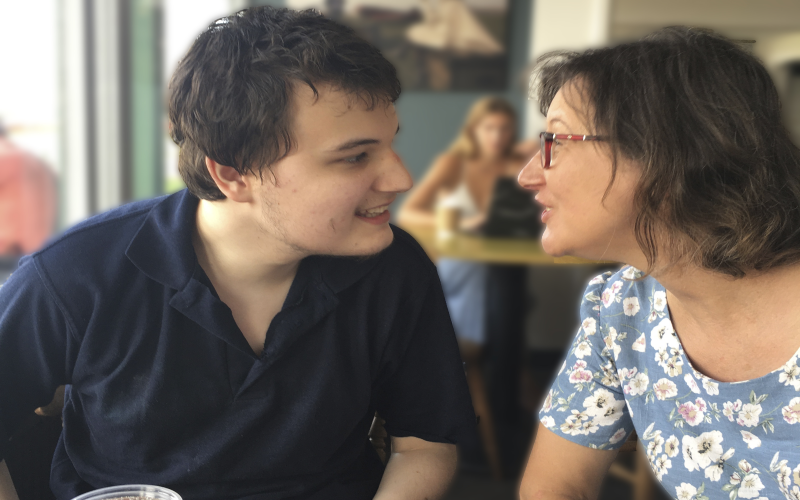As the COVID-19 lockdown restrictions eased further from Monday 17th May (in England), one of the most looked for announcements has finally been made – hugging will be allowed!
The Government has said that “People in England will be allowed to hug loved ones and enjoy indoor hospitality from next Monday”, whilst urging people to “exercise caution and common sense”.
For many, this is great news, the therapeutic and mental health benefits of hugging loved ones has been badly missed, but as the nation rushes to get hugging again, it is worth a reminder that for some people hugging and close physical contact is not always welcome.
There will be many sectors of our community that might find hugs difficult, including children and young people who have experienced physical or sexual abuse for example, but here we will focus our thoughts particularly on children and young people with additional needs.
Within this group, which represents one in five children and young people across the country, there are many who for a range of reasons may not join the hug stampede and should be respected and understood for not doing so. Here are a few examples:
Sensory sensitivity
A wide range of additional needs have a sensory aspect to them, with children and young people being either ‘hyposensitive’ (an under-responsive sensitivity to stimulation) or ‘hypersensitive’ (an over-responsive sensitivity to stimulation; it is also possible to be both.
Children and young people who are hypersensitive can be quickly overwhelmed by sensory stimulus such as loud noise, bright lights, strong smells, and this can include physical contact.
For some children and young people with a sensory sensitivity to touch, even the lightest of hugs might be painful and overwhelming, causing them to possibly be highly reactive and very upset.
Social sensitivity
Again, some additional needs, differences or diversities can include a social sensitivity aspect.
This can include how easily a child or young person can identify, perceive and understand social cues and contexts, but can also influence a child or young person’s sensitivity to social situations where they might struggle to understand the feelings and needs of others.
Many children and young people might find a busy, crowded room difficult to cope with, for example, due to a combination of sensory sensitivity and difficulties with social interaction, but also because close proximity to other people can make it harder to manage and regulate their own feelings leading to them feeling overwhelmed.
A child or young person may also be resistant to being hugged by a loved one, especially if they haven’t seen them for a while, which can be upsetting for e.g. a grandparent who has been longing to hug their grandchild for over a year.
Physical disability or chronic illness
A wide range of physical disabilities or chronic health conditions can result in a child or young person being easily hurt by physical contact.
Their bodies may be weakened by their disability, or they might have very sensitive nervous systems or a low pain threshold.
In the case of some conditions, this can vary considerably from day to day. In such situations, even a gentle hug might be not just painful but potentially dangerous as well.
The ABC of hugging!
So how do family members, friends etc. who perhaps haven’t seen their young relative or friend for ages, let alone hugged them, know what to do? Here’s three ABC ‘hugging tips’ to help:
- Ask
Never just hug someone, ask them if it’s OK and would be welcomed first. If they say they would rather not, don’t be offended, it’s likely to be for a very good reason! Don’t look offended and make them feel guilty, this isn’t about you, it’s about their health and wellbeing.
- Be gentle
If a hug is permitted, don’t go ‘full bear-hug’ straight off. Be gentle, be appropriate, be quick. You are communicating love for someone, not trying to crush them for 60 seconds. A gentle hug for a few seconds should be fine. - Check
Make sure they are OK, and if not then stop.
By asking you are helping them to communicate if they are finding it difficult for any reason and to remain in control.
When we hug our bodies release feel good hormones. These hormones include oxytocin, dopamine, and serotonin.
Once these hormones are released into our bodies we can experience feelings of happiness, relaxation, improved mood, and lower levels of depression.
But as hugging is permitted again after so long, let’s not lose sight of the difficulties that some people can experience with hugs, or of our responsibility to hug (or not) well.
To hug, or not to hug, that is the question! (with apologies to the bard)
Peace,
Mark
